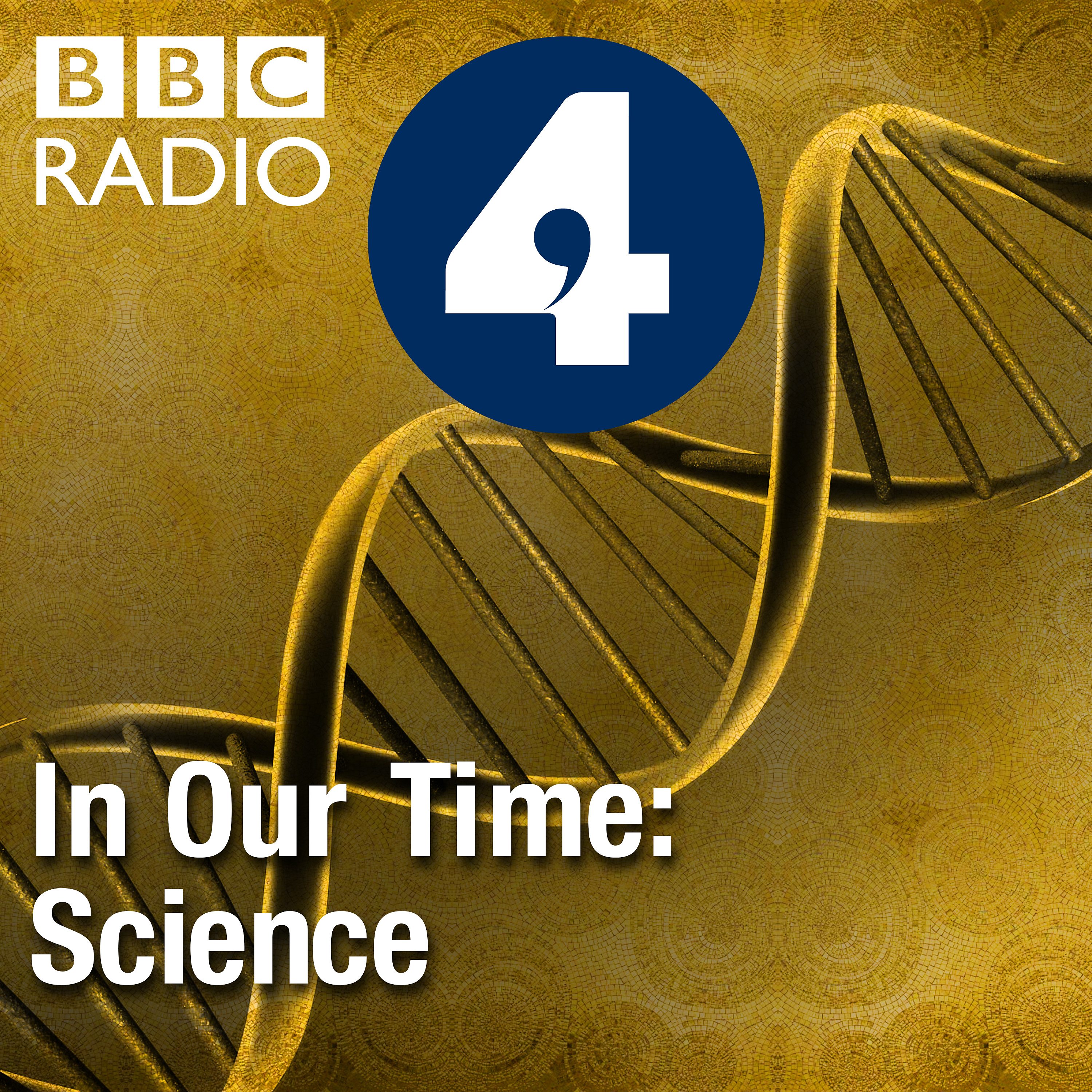
Deep Dive
Why did Nikola Tesla's invention of the AC motor revolutionize electrical systems?
Tesla's AC motor eliminated the need for commutators, which were inefficient and prone to breakdowns in DC motors. His design used an oscillating magnetic field in the stator to drive the rotor, creating a more efficient and reliable motor. This innovation made AC systems viable for widespread use, enabling long-distance power transmission and the electrification of modern society.
What role did George Westinghouse play in the success of Tesla's AC system?
George Westinghouse recognized the potential of Tesla's AC system and acquired his patents, providing the financial and industrial backing needed to scale the technology. Westinghouse's support was crucial in winning the contract to electrify the 1893 Chicago World's Fair, which showcased the capabilities of AC power and cemented its dominance over DC.
How did Tesla's upbringing and education influence his career as an inventor?
Tesla was born in the Austro-Hungarian Empire and received advanced technical education in engineering and physics at institutions like the Technical University in Graz. His exposure to cutting-edge electrical and communication technologies in Central Europe, combined with his mother's inventive influence, shaped his fascination with electricity and innovation.
What were the key differences between Edison's DC and Westinghouse's AC systems?
Edison's DC system was safe and reliable but limited to short distances, requiring frequent power stations. Westinghouse's AC system, supported by Tesla's innovations, could transmit high-voltage electricity over long distances with minimal loss, making it more practical for widespread electrification.
Why did Tesla's later projects, like Wardenclyffe Tower, fail to materialize?
Tesla's later projects, such as Wardenclyffe Tower, aimed to transmit wireless electricity globally but were based on speculative science and lacked practical viability. Despite securing funding from figures like J.P. Morgan, the technology was not feasible, and Tesla's disconnection from mainstream scientific thought contributed to the failure.
How did Tesla's showmanship contribute to his fame and influence?
Tesla's theatrical demonstrations, such as his lectures with glowing discharge tubes and wireless electricity displays, captivated audiences and investors. His ability to cultivate a public image as a visionary inventor, combined with his mastery of self-promotion, made him a celebrity and helped secure funding for his projects.
What was Tesla's vision for the future of electricity and technology?
Tesla envisioned a world powered by wireless electricity, with global networks of transmission towers like Wardenclyffe. He also predicted futuristic technologies such as cosmic ray-powered cars, death rays, and thought-reading devices, blending scientific speculation with imaginative showmanship.
Why did Tesla struggle financially in his later years?
Tesla gave up his royalties on the AC system to help Westinghouse during financial difficulties, leaving him without a steady income. His later projects failed to generate revenue, and he relied on funding from wealthy patrons who often withdrew support when his ideas proved impractical.
What was the significance of the Chicago World's Fair for Tesla's AC system?
The 1893 Chicago World's Fair served as a public showcase for Tesla's AC system, demonstrating its ability to power large-scale installations like the Ferris wheel, electric railways, and an electric kitchen. This success solidified AC's dominance and led to the development of the Niagara Falls power station.
How did Tesla's eccentricities and phobias shape his personal and professional life?
Tesla's eccentricities, such as his obsession with numbers divisible by three and his fear of germs, made him a unique and often isolated figure. While these traits contributed to his image as a reclusive genius, they also hindered his ability to collaborate and maintain stable professional relationships.
- Tesla's Serbian heritage and his initial intended path towards priesthood.
- His rigorous education in physics and engineering at the Technical University in Graz.
- His early fascination with electricity and alternating current systems.
- Influence of his mother and the modernizing Austro-Hungarian Empire on his education.
Shownotes Transcript
Melvyn Bragg and guests discuss the Serbian-American inventor Nikola Tesla (1856-1943) and his role in the development of electrical systems towards the end of the nineteenth century. He made his name in New York in the contest over which current should flow into homes and factories in America. Some such as Edison backed direct current or DC while others such as Westinghouse backed alternating current or AC and Nikola Tesla’s invention of a motor that worked on AC swung it for the alternating system that went on to power the modern age. He ensured his reputation and ideas burnt brightly for the next decades, making him synonymous with the lone, genius inventor of the new science fiction.
With
Simon Schaffer Emeritus Fellow of Darwin College, University of Cambridge
Jill Jonnes Historian and author of “Empires of Light: Edison, Tesla, Westinghouse and the Race to Electrify the World”
And
Iwan Morus Professor of History at Aberystwyth University
Producer: Simon Tillotson
Reading list:
W. Bernard Carlson, Tesla: Inventor of the Electrical Age (Princeton University Press, 2013)
Margaret Cheney and Robert Uth, Tesla: Master of Lightning (Barnes & Noble Books, 1999)
Thomas P. Hughes, Networks of Power: Electrification in Western Society, 1880-1930 (Johns Hopkins University Press, 1983)
Carolyn Marvin, When Old Technologies Were New (Open University Press, 1988)
Iwan Rhys Morus, Nikola Tesla and the Electrical Future (Icon Books, 2019)
Iwan Rhys Morus, How The Victorians Took Us To The Moon (Icon, 2022)
David E. Nye, Electrifying America: Social Meanings of a New Technology (MIT Press, 1991)
John J. O’Neill, Prodigal Genius: The Life of Nikola Tesla (first published 1944; Cosimo Classics, 2006)
Marc J. Seifer, Wizard: The Life and Times of Nikola Tesla, Biography of a Genius (first published 1996; Citadel Press, 2016)
Nikola Tesla, My Inventions: The Autobiography of Nikola Tesla (first published 1919; Martino Fine Books, 2011)
Nikola Tesla, My Inventions and other Writings (Penguin, 2012)
In Our Time is a BBC Studios Audio production